The Overwhelming Amount of Information
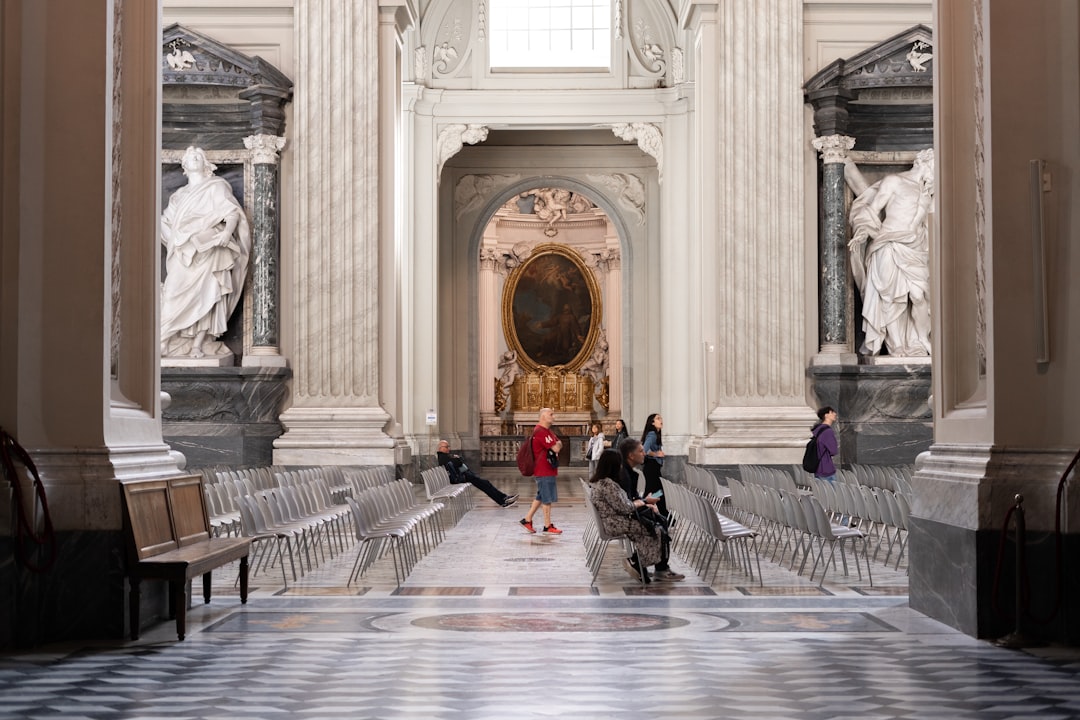
Walking into a museum can feel like stepping into a tidal wave of facts, dates, and artifacts. The American Alliance of Museums reported in 2024 that nearly 60% of visitors felt overwhelmed by the sheer volume of exhibits and written content in major institutions. It’s not just a matter of reading fatigue—many travelers admit to skimming plaques without truly absorbing the information. This overload often turns an exciting day out into a blur of half-remembered stories and jumbled timelines. Instead of feeling inspired or educated, people sometimes leave museums more confused than when they entered. Unlike a good book or a lively conversation, museum visits can bombard the senses and make it hard to focus on any one thing. For some, this makes the experience less about discovery and more about surviving the marathon. It’s no wonder many travelers, myself included, have started to reconsider how much museum time is really worth.
The Rise of Digital Alternatives
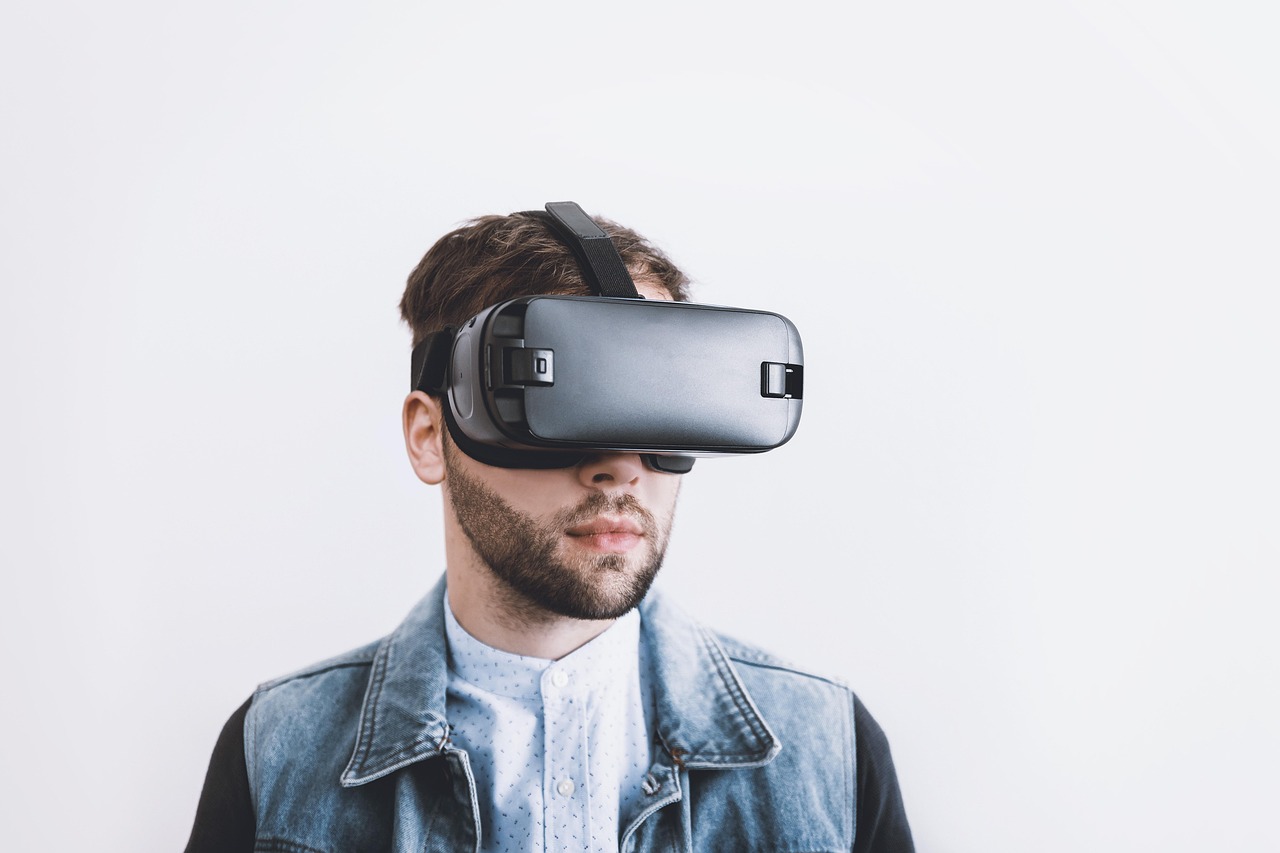
Digital platforms have changed how we experience art and history, making it possible to explore world-famous museums without leaving home. In 2023, Google Arts & Culture saw a 40% spike in virtual tour engagement, reflecting a massive shift in how people consume culture. Museums responded by investing in high-resolution images, interactive maps, and even virtual reality walk-throughs. This means you can zoom in on the cracks of the Mona Lisa’s smile or wander the halls of the Louvre in your pajamas. Many travelers now choose to explore collections online before deciding whether an in-person visit is necessary. The convenience and depth of online experiences often rival what’s available onsite—minus the crowds and sore feet. For families, professionals, and anyone pressed for time, these digital options are a game changer. Today, skipping the lines and exploring from your couch is not just possible—it’s often preferable.
The Cost Factor
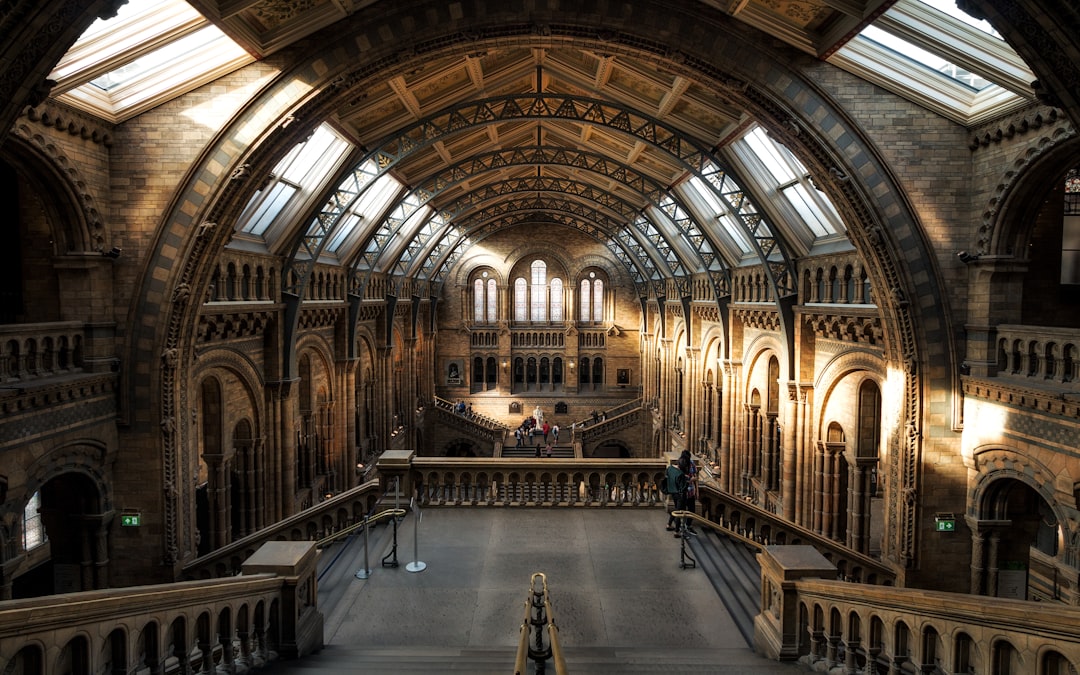
The price of museum admission keeps climbing, especially in popular cities. According to the National Endowment for the Arts in 2024, average museum ticket prices rose by 15% over just two years. For a family of four, a single visit can easily top $100, not counting special exhibitions or audio guides. For budget-conscious travelers, this cost can feel hard to justify—especially with so many free or lower-priced activities available, like street markets or public art. Museums may offer discounts or free days, but these events often draw even bigger crowds, making the experience less enjoyable. When every dollar counts, travelers have to weigh the value of a museum visit against other experiences, like sampling local cuisine or catching a live performance. Travelers increasingly report that museum visits often fall off the itinerary in favor of activities that feel more authentic and affordable.
The Time Commitment
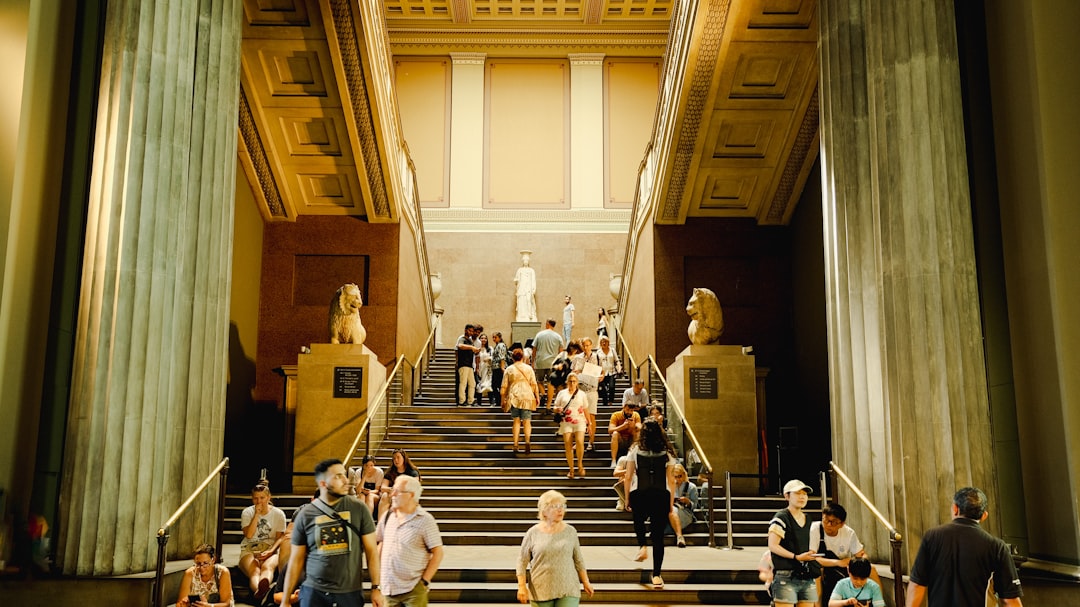
Museums are notorious time sinks. A 2025 survey by Travel + Leisure revealed that 65% of travelers prefer shorter, more engaging activities over the hours required to truly explore a museum. Even the most efficient visitor can spend half a day wandering through endless corridors and galleries. That’s valuable time that could be spent soaking up the energy of a busy street, chatting with locals, or lounging in a neighborhood park. Many travelers feel pressured to “get their money’s worth,” which can make a museum visit feel more like a chore than a pleasure. In a world where every hour counts, especially on short trips, museums demand a commitment that not everyone is willing to make. The desire to maximize every moment pushes many travelers to skip museums entirely, focusing instead on quick, memorable experiences.
The Changing Nature of Museums
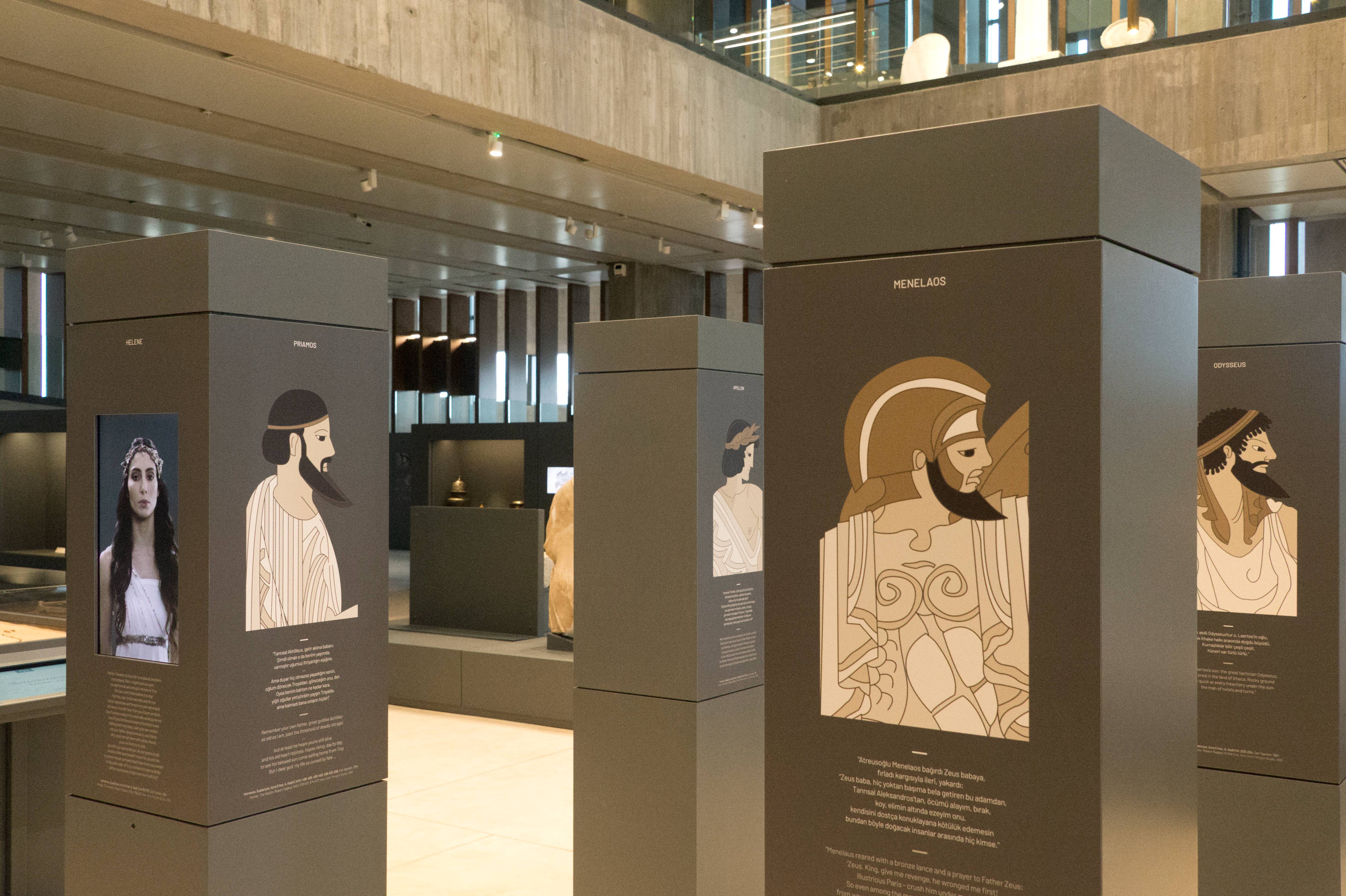
Museums have tried to reinvent themselves, adding interactive displays, immersive installations, and hands-on exhibits. The Museum of Modern Art’s 2024 research showed that while interactive elements attract attention, many visitors still long for the classic gallery experience. This tug-of-war between tradition and innovation can leave visitors confused or disappointed. Some travelers walk in expecting quiet contemplation, only to be met with loud, interactive stations and digital screens. Others, hoping for excitement, find themselves bored by quiet, outdated displays. This inconsistency can make it tough to know what you’re getting, and when expectations are dashed, the whole visit can feel like a letdown. As museums scramble to please everyone, they sometimes end up pleasing no one, pushing even devoted museum-goers to look elsewhere for inspiration.
The Impact of Crowds
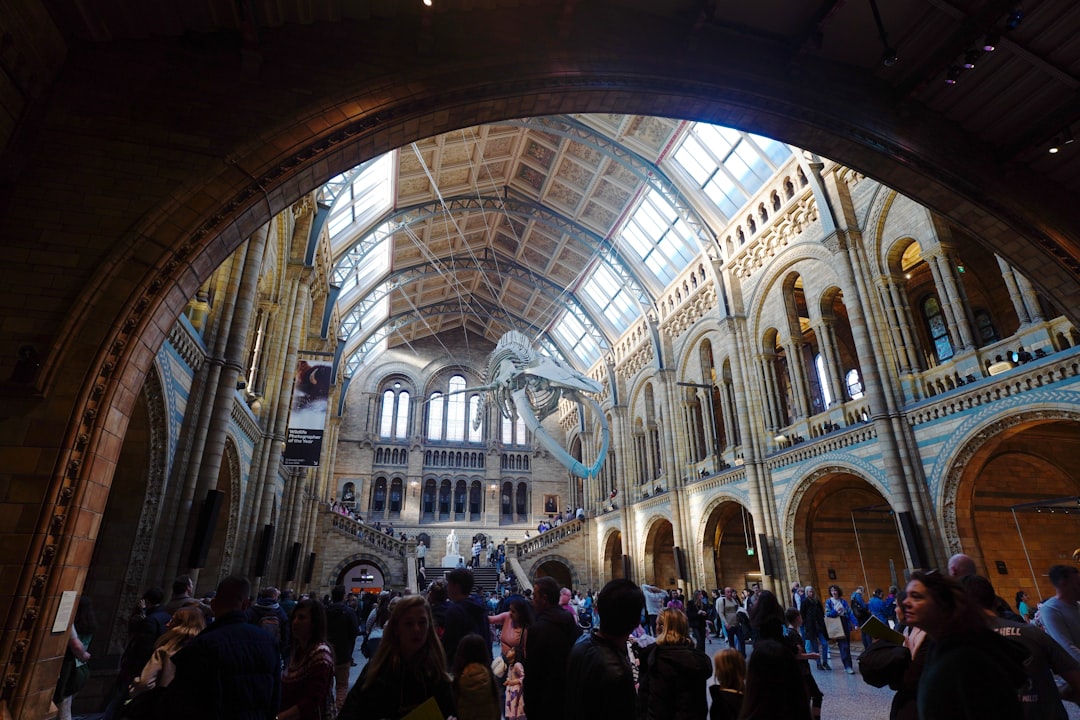
Crowds are a persistent problem in major museums, and the numbers are only rising. Statista reported in 2023 that top museums saw a 25% increase in visitors since 2021, with blockbuster exhibitions drawing shoulder-to-shoulder crowds. Long lines at the entrance, noisy groups, and packed galleries make it nearly impossible to enjoy the art or history on display. Instead of quiet reflection, you get jostled, overheated, and frustrated. For those who crave a peaceful or personal connection with culture, these conditions can be a deal-breaker. Many travelers have turned to off-the-beaten-path activities simply to escape the chaos of the main tourist circuit. The quest for tranquility is a big reason why skipping the museum has become more appealing.
The Focus on Local Experiences

Travel has shifted from sightseeing to experience-seeking. According to Airbnb’s 2025 travel report, 70% of travelers now say they’d rather take a cooking class, join a street art tour, or learn a local craft than visit a museum. These hands-on activities offer a direct connection to the community and culture that museums sometimes lack. Instead of standing behind velvet ropes, travelers get to roll up their sleeves and participate in everyday life. This approach leads to richer stories, deeper memories, and often, new friendships. Museums can feel static and removed, while local experiences are dynamic and personal. For many, this makes all the difference between a trip that’s merely informative and one that’s truly transformative.
The Importance of Outdoor Spaces

Interest in outdoor activities has exploded since 2022, with the World Tourism Organization noting a 30% increase in outdoor tourism by 2024. Parks, gardens, hiking trails, and waterfronts offer travelers fresh air and a chance to unwind. These spaces provide a sensory richness—fragrant flowers, birdsong, sunshine—that museums simply can’t replicate. Outdoor adventures also offer flexibility, with no tickets, lines, or closing times to worry about. Many travelers now schedule their days around nature walks, bike rides, or picnics rather than indoor attractions. The desire to reconnect with the natural world is strong, and it’s changing how people plan their trips.
The Influence of Social Media
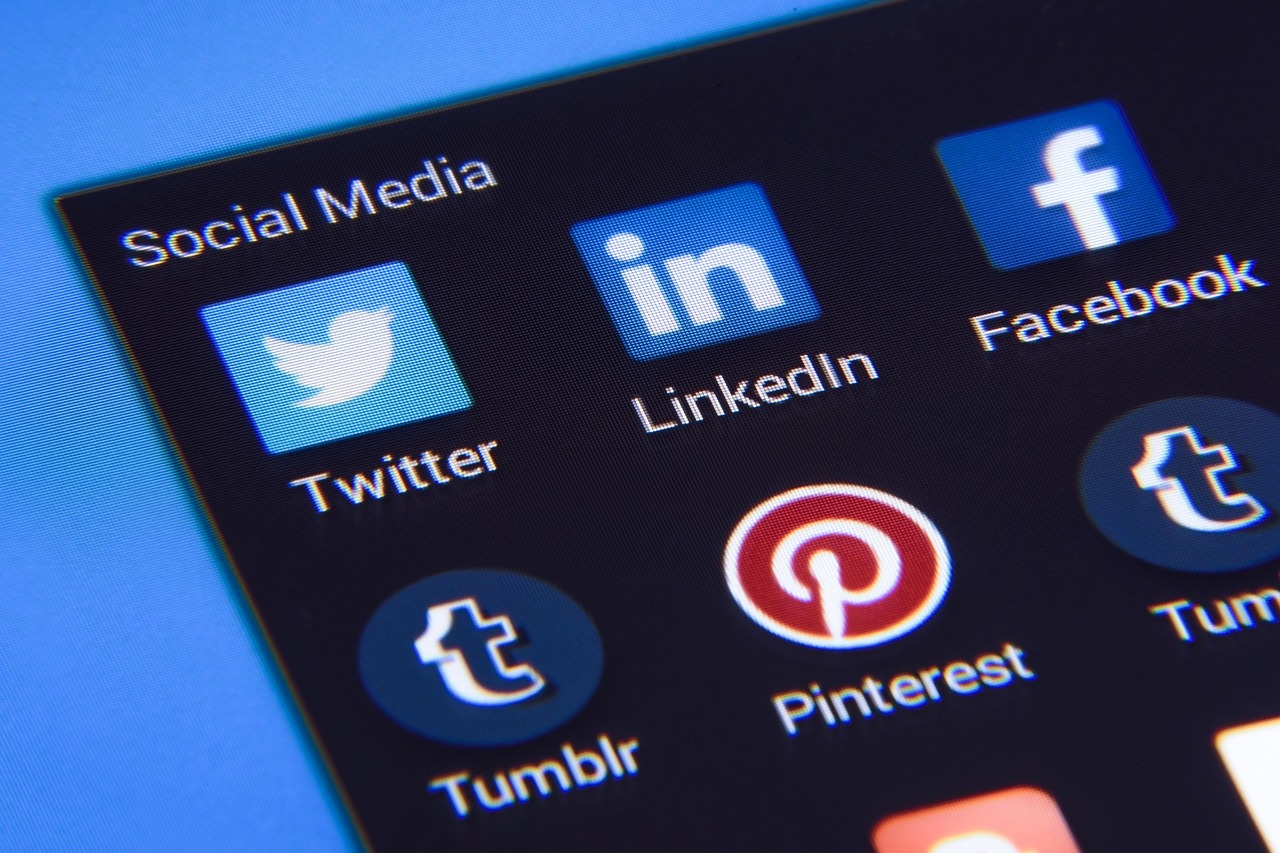
Social media continues to shape what people want from travel. A 2023 Pew Research Center survey found that 60% of travelers prioritize finding places that look good on Instagram over traditional sightseeing. Museums can feel lackluster in comparison to vibrant murals, dramatic landscapes, or quirky local landmarks. Travelers are increasingly guided by what will make for an eye-catching post, choosing locations that offer color, movement, and life. While museums certainly have their photogenic moments, many can’t compete with the wow factor of outdoor or street scenes. This trend is pushing more people to skip the museum in favor of experiences that make their feeds—and memories—pop.
The Personalization of Travel

Travel is now more personalized than ever, thanks to apps and websites that help build unique itineraries. Expedia’s 2024 study found that 75% of travelers prefer customized experiences over standard tourist attractions. People are curating trips based on their own interests, skipping the must-see lists in favor of what genuinely excites them. For some, that means more food tours and local markets; for others, it means hiking or creative workshops. The old expectation that every traveler should visit the same museums is fading fast. Instead, people are designing journeys that speak to their passions, making the decision to skip museums not just acceptable, but smart.




